I walk on the dike leading to the Gacholle Lighthouse and feel like I am walking without moving forward. The hours go by and the lighthouse still seems so far away. Yet I see it in the horizon, small tower rising to the sky, unmissable in the landscape. Here, it is flat. Mosaics of lagoons and immense and shallow sansouires extend around me. And in the distance, the sea. The horizon as far as the eye can see. Distances are misleading in this kind of environment. Everything seems so close. And yet. The sky is full of strange black clouds. In the distance I can see a multitude of little white dots lounging on expanses of water shining in the late afternoon sun. Groups of seagulls, ducks, Cattle egrets and other wading birds. Their songs heard for kilometers. A strong buzzing followed by a sting on my arm tells me that mosquitoes are out. It is late afternoon in Camargue and I am looking for Greater Flamingos.
Regional nature park bordering the Mediterranean Sea, Camargue, located in Provence, is a flat wetland made of marshes, meadows and rice fields. Where wild animals, bulls, horses, humans, industries and migratory birds try to live together. The Rhone, a great European river, with its source in Switzerland, flows into the Mediterranean Sea after a journey of 812 kilometers shaping the Rhone delta otherwise known as Camargue. Forming a triangle of 100,000 hectares linking the cities of Arles, Grau-du-Roi and Fos-sur-Mer, Camargue presents an environment mixing wild (mosaic of different environments hosting specific fauna and flora) and artificialization (landscapes modeled by human in order to master water). Subject to the vagaries of the climate, to the presence of the sea, to the level of the Rhone and to the vegetation, the landscapes of Camargue are constantly changing. But it is the human presence and its exploitation, since the Middle Ages with the establishment of the first villages, that predominantly influences these transformations. Towards the middle of the 20th century, agricultural intensification through rice paddies, market gardening and industrialization led to the disappearance of many natural areas. Today fortunately almost the entire delta is protected.
Particularly interesting from a natural point of view, Camargue has many different types of environment (lagoons, sansouires, marshes, ponds, salty steppes) rarely encounter on such an extent. The diversity of environments and the mild temperatures, especially in winter, offer animals and plants a refuge and a feeding area whose role is vital. The delta is also located on the route of the great north-south migrations, so it is a place of passage for many birds.
Among these migratory birds is the Greater Flamingo, a funny wading bird known for the color of his feathers. Although the vast majority of individuals move seasonally, there are sedentary colonies that live year-round at the same location. Apparently seduced by its environment, a colony of Greater Flamingos has chosen Camargue as a place of residence and has regularly reproduced here during winter, since 1970, on the Fangassier pond.
A soft rubbing sound adds to the song of nature as the wind makes a multitude of reeds wobble. I shake myself, tearing me away from the contemplation of the landscape. Quite monotonous, the environment of Camargue is slowly revealed through the rhythm of walking or cycling. Landscapes of Australia and Africa seem to find their place in the empty area full of water around me. And the immense space, the horizon as far as the eye can see, make me think of Iceland. Iceland, the culmination of five years of travel. A necessary confrontation. One last travel. From which I returned in October 2019, with a clarified mind and the desire to embark on the continuation of my life.
The decade I just finished, from my twenties to thirties, was split into two parts but related to a common theme: wandering. Looking for something. The first five years were the years of training allowing me to develop my skills (multimedia, video, art, design). The last five were those of travel and discovery developing my interests (hiking, cycling, writing, photography, curiosity about the world and nature). Coming back from Iceland and looking introspectively at these ten years of wandering, it became clear to me that my skills and interests were linked and that the next part of my life was to create a project dear to me and to find a job allowing me to put in commun skills and interests.
Two paths seem to me to be the right paths to follow for the coming decade. Two ways snaking side by side in the area that interests me. Something I would call “Information Media”. Journalism, documentary, writing. The first way is to resume studies for a while to train me to the realisation of nature and wildlife documentaries. The second to apply in journalism, travel and publishing agencies. Two possibilities. Faced to whom I decided to spend the last two months of 2019 creating a personal project, showcasing my skills and interests. Two months of work to introduce myself, early 2020 project in hand, on the starting line of the two chosen paths.
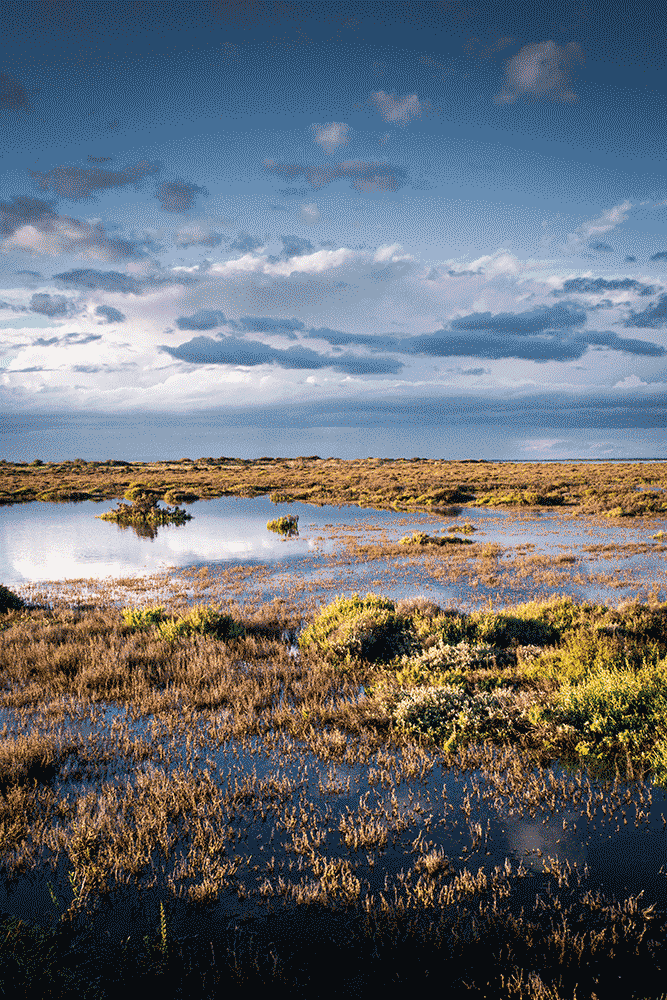
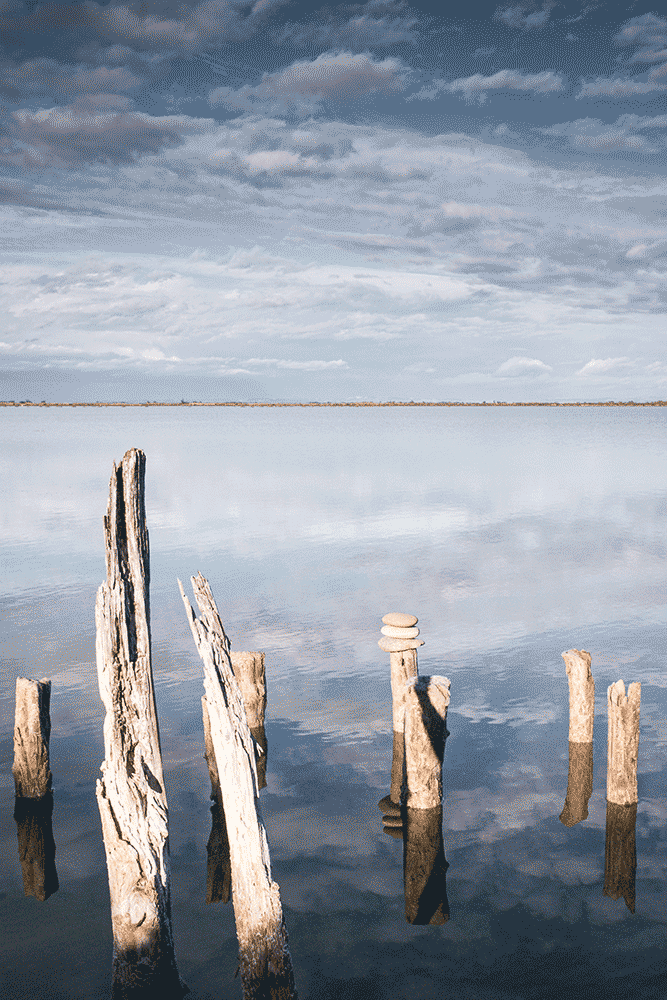


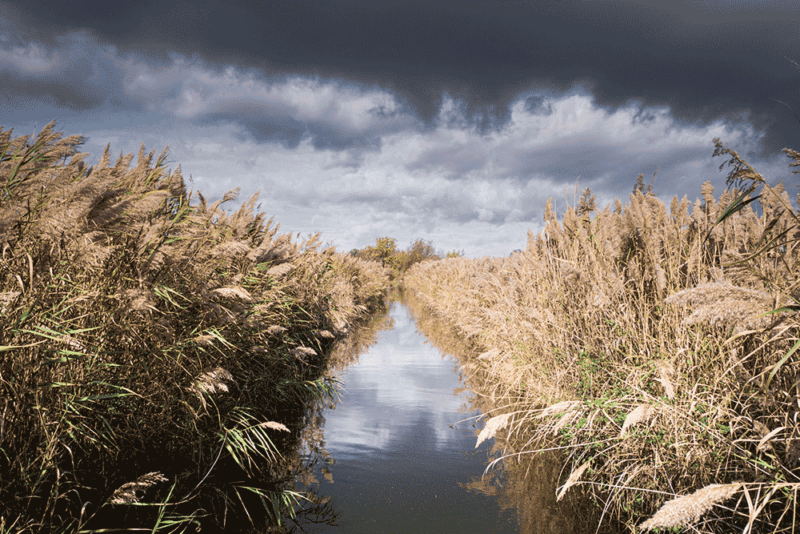
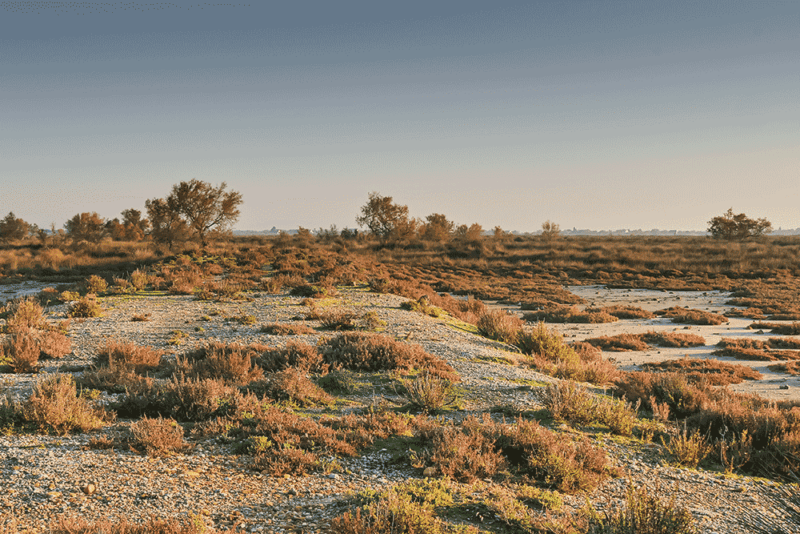
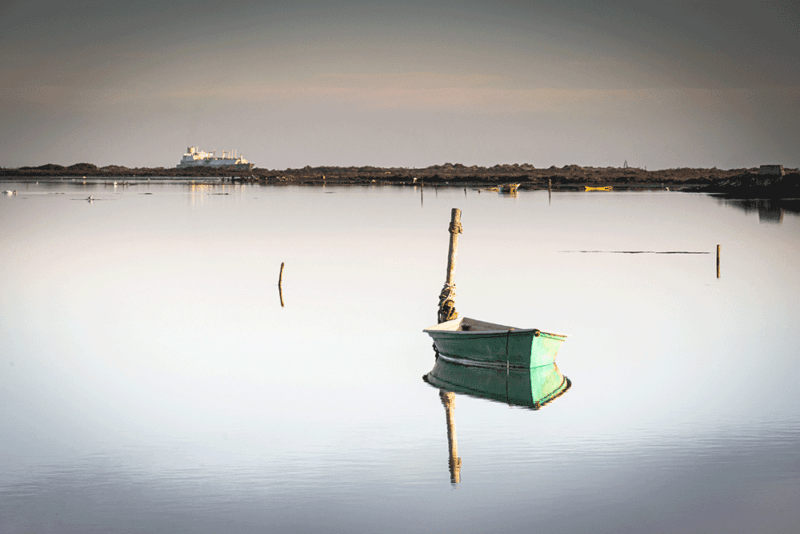
Roselières and Sansouires make up the majority of the Camargue landscape.
Provence is a great place to live, people say. The sun shines all year long and the winters are mild. It is the region of lavender, olive oil and black bulls. The roofs of the houses are covered with pink tiles and locals eat bouillabaisse for dinner. It has been fifteen years since my parents moved here. I had just turned sixteen when my father changed factory for his work and took us from Saulny in Moselle, to Beaucaire in the Gard region. But Provence, I never really liked it. Too hot, way too hot in summer, too moist, too populous, too cultivated, with few forests, a strong Mistral wind and unwittingly linked to the difficult memories of my adolescence. I left the region after high school to return only occasionally, visiting my parents between two trips.
But it was with pleasure that I found again the landscapes of Provence and its southern atmosphere when I came back from Iceland, after three months in the cold and inhospitable land. To be interested in this region with whom I have a particular relationship appeared to me as been the starting point of my creative project. Try to forget the prejudices and difficult memories and take a fresh look at this land that seems to attract visitors from around the world. Just along Beaucaire passes the Rhone. And the Rhone flows a few kilometers further into the Mediterranean Sea. Crossing Camargue. I only had to follow the river to find the perfect place to think about. A representative landscape of Provence, a nature reserve, a great place to observe birds. And whose fame is inseparable from its most famous representative bird: the Greater Flamingo. The only place in France where the wader is visible all year. And luck seemed to smile at me since it is during the winter that Flamingos start their famous courtship display. November, December. Two months from the end of autumn to the arrival of winter to film, photograph and think about Camargue and Flamingos.
The sun is disappearing behind the horizon. These are the last moments of the day. The lighthouse stands behind me, a man changing the old tiles of the little house at the bottom of the lighthouse. The roar of the mosquitoes is getting stronger and I have to leave if I do not want to be sucked to death by the horde of females in search of blood. Walking through Camargue has something special. A feeling of calm, of appeasement. Despite the damp atmosphere, despite the monotony of the landscape, despite the swarm of mosquitoes, I feel good. And in a small pond next to the dike where the path goes, I distinguish a small group of pink birds. Greater Flamingos. Others are arriving flying in the sky, long filiform silhouettes with red and pink colors. They land in the water in a graceful movement and join their congeners. They are far and I do not distinguish them very well in the evening light. But to finally see them after a day of research seems like a promise. A promise of a future at my fingertips.
